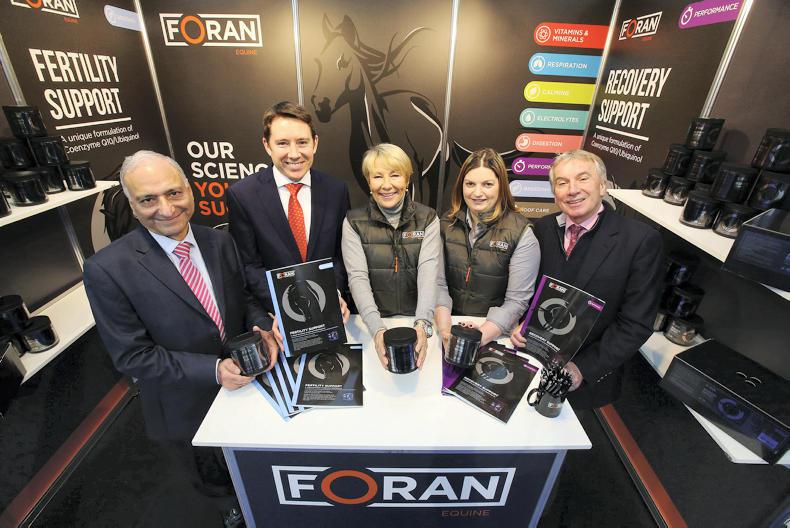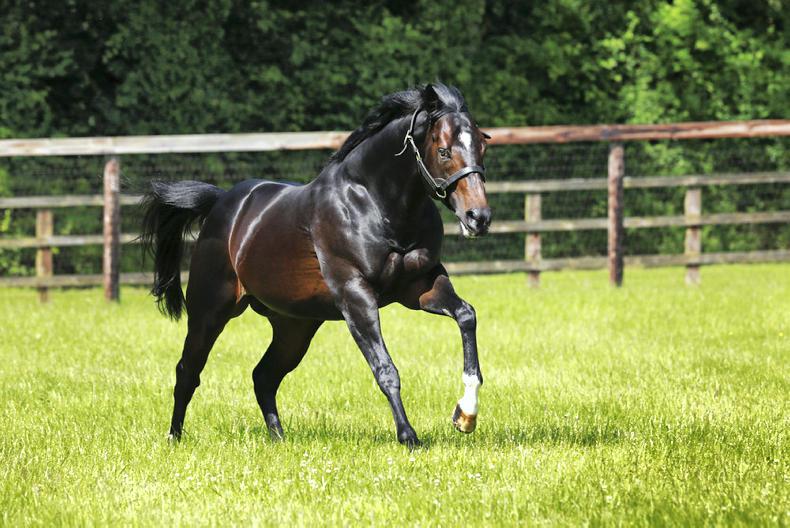THE Dublin Racing Festival came just a few short weeks after Leopardstown at Christmas. Now it’s just a few short weeks to Cheltenham. Our equine athletes are asked to propel themselves at racing speed through all types of ground and to hurl themselves through the air over eight or more hurdles over two or more miles, or 22 fences over more than three miles in a Gold Cup.
So how do they do it?


 This is a subscriber-only article
This is a subscriber-only article
 It looks like you're browsing in private mode
It looks like you're browsing in private mode





SHARING OPTIONS: